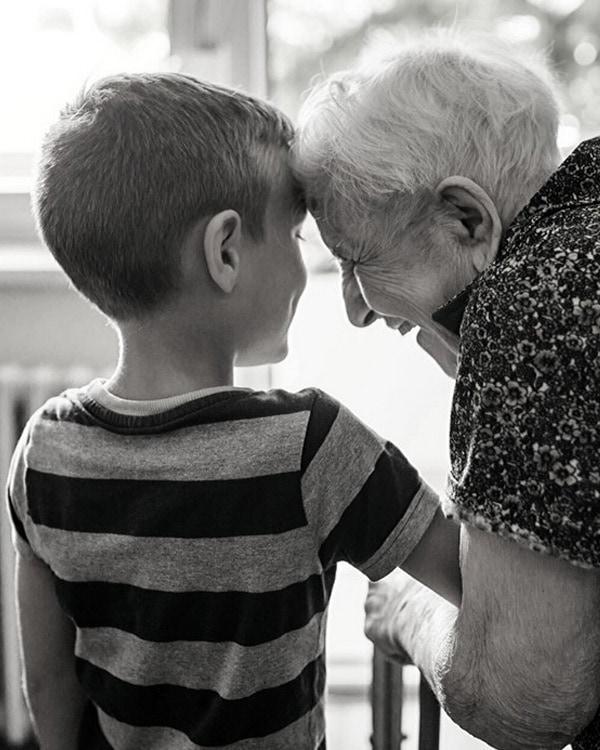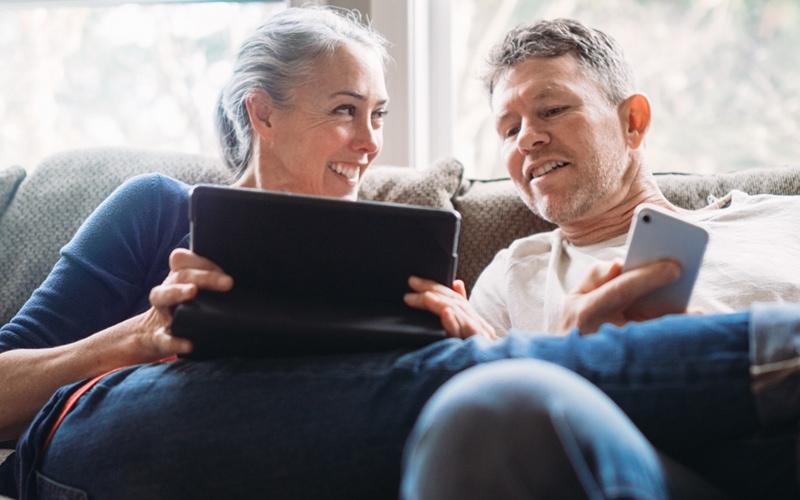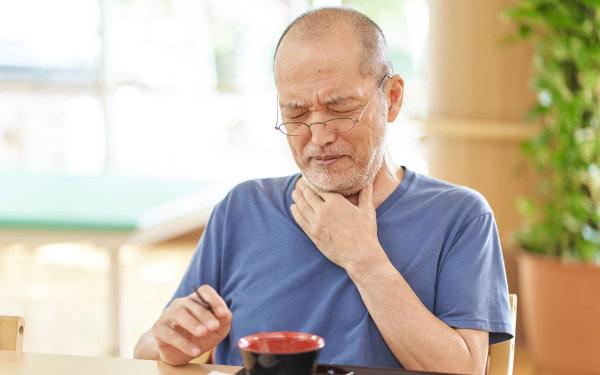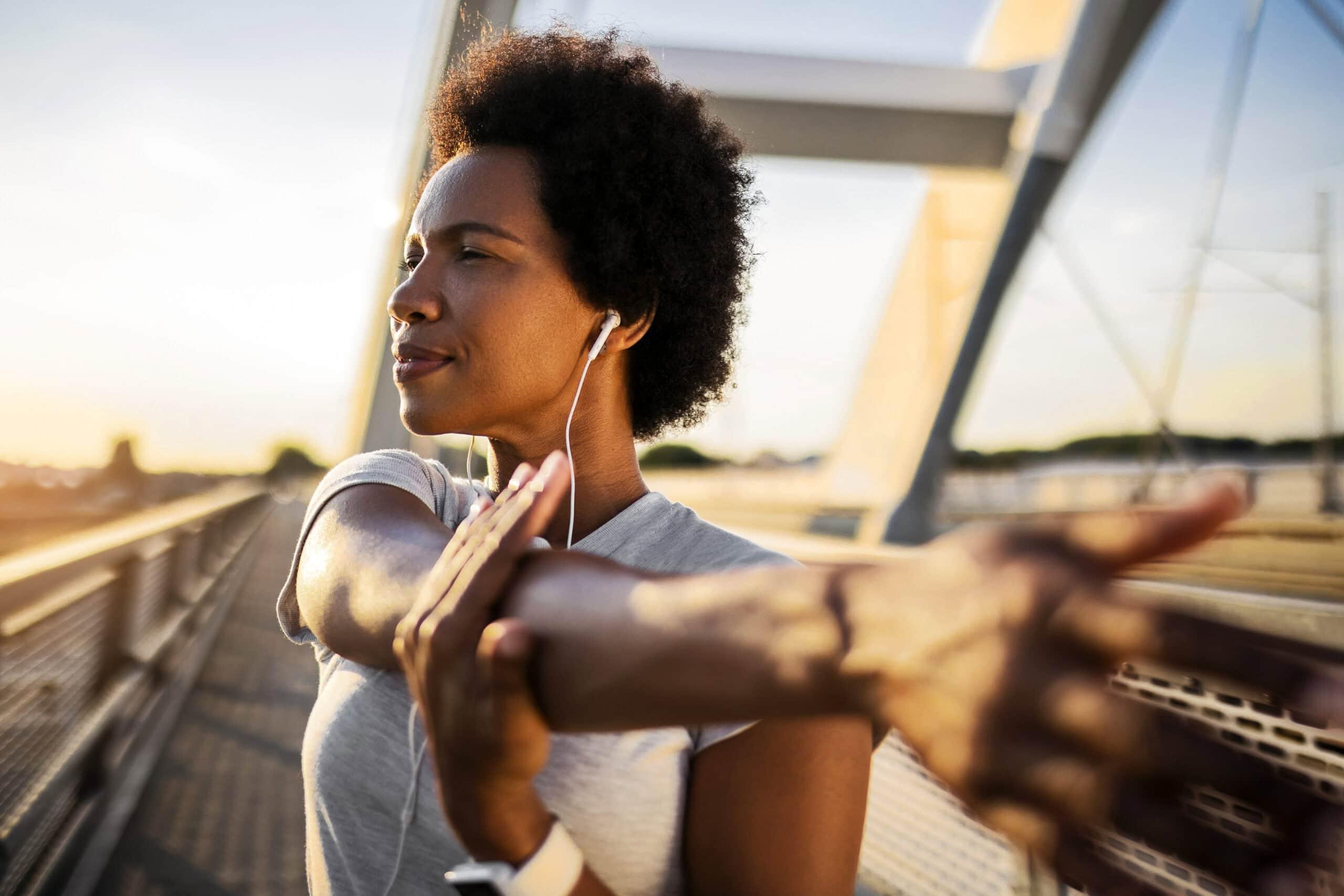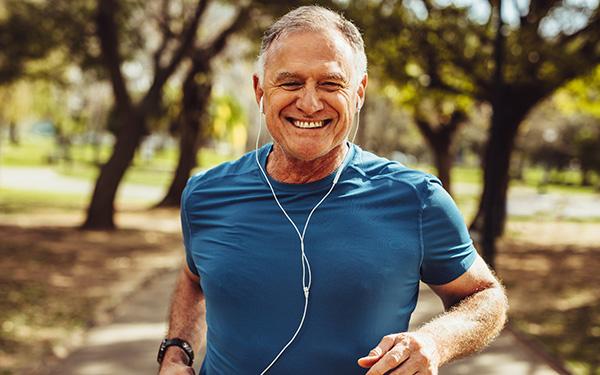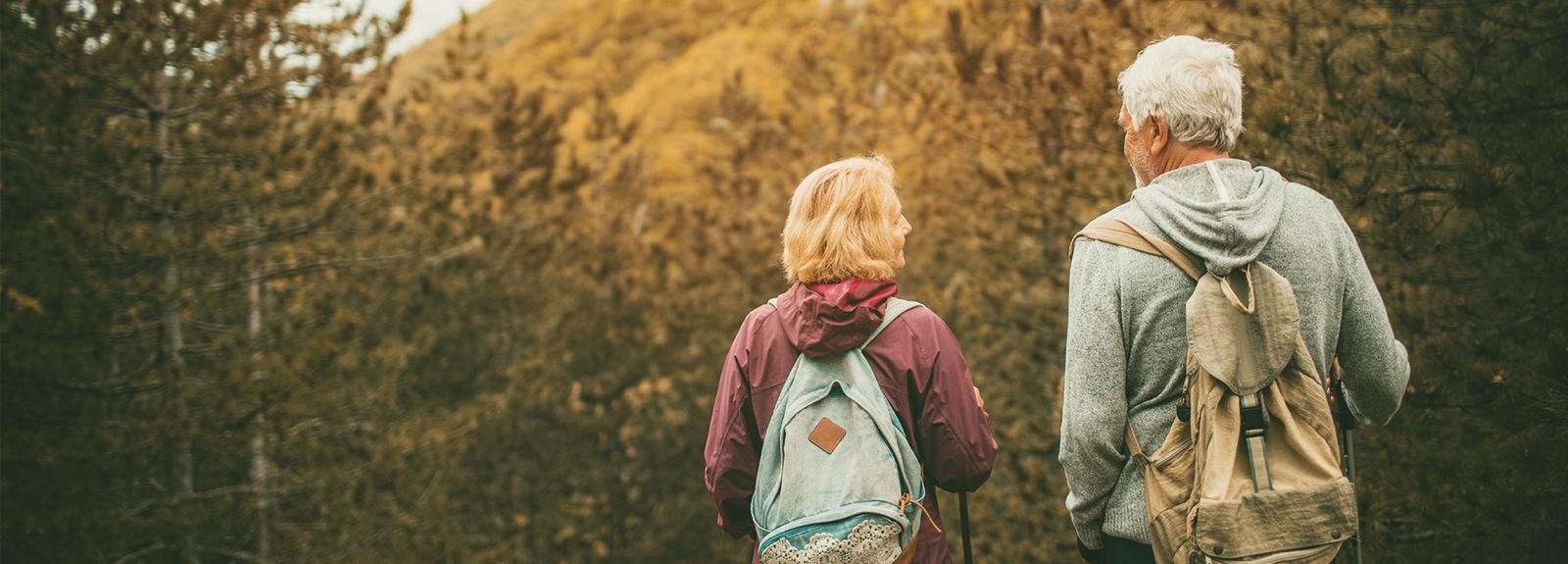
Travelling with Osteoporosis – Part 2

Travelling with Osteoporosis – Part 2
It is possible to travel safely and enjoyably with osteoporosis, but there are precautions that need to be taken, as well as those related to the pandemic. More tips and information in Travelling with Osteoporosis – Part 2.
The old saying “Getting there is half the fun” can be true, especially if you are properly prepared. Consider these suggestions for your trip to and from your destination.
1) Prepare well – A good night’s sleep is essential before travelling. Wear comfortable, loose-fitting clothing and carry a light sweater to adjust for a cool aircraft, bus or train. Pack essentials, such as medications in their original containers, contact lens supplies, an extra pair of glasses and a small flashlight or book light in your carry-on. You can get up-to-date government information on what you are allowed to bring on the plane by checking the website https://www.catsa-acsta.gc.ca/en/whatcanibring. Don’t forget your proof of vaccination or vaccine passport. Your document showing proof can be printed out or carried on your phone.
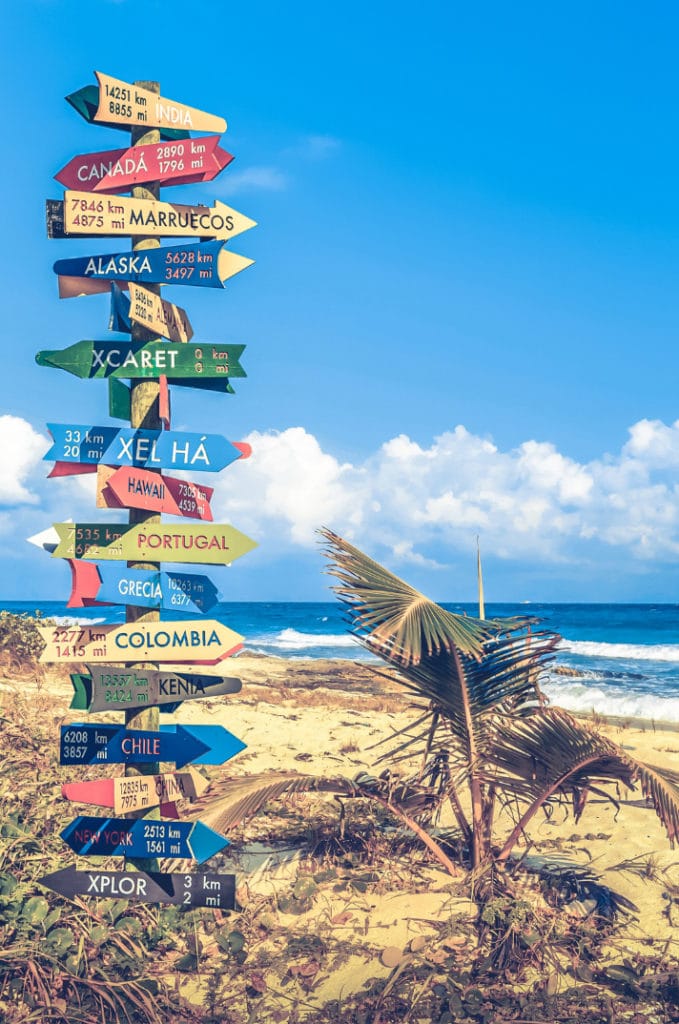
2) Do not lift! – Remember that this is the time to be aware of your every movement. You will be in unfamiliar surroundings and may be distracted, in a hurry and impatient. Slow down and do it right. A broken bone can quickly spoil a trip. Budget for extra time so you don’t feel rushed. This includes budgeting for the chance that you may need to pay or tip for help if you need it and remember that it is only a small fraction of the cost of this wonderful trip.
3) Walking to gates – Airports often require long walks from gate to gate or gate to baggage pick-up. If you are uncertain about your ability to walk long distances, request wheelchair assistance in advance. You can always decline it when you arrive, but it may be very helpful if you find yourself stiff and sore after a long flight or if the destination airport is larger than you imagined with long distances from gate to gate. You may also arrange for pre-boarding so that you can request assistance with your carry-on bag and get settled into your seat before other passengers board. This also shortens the time you will be standing in a line-up while boarding the plane.
4) The carry-on bag – When flying, be aware that some flight attendants will not help you lift your carry-on bag into the overhead compartment for fear of injuring their back. Other travellers around you will almost always assist you instead, but you may need to explain why you are asking. Remember – osteoporosis is the silent disease that is usually not visible – so don’t be shy to ask your co-travellers for help.
5) Other considerations
a) Book an aisle seat so you can get up more easily. Try to get up every half hour to walk and do your stretching exercises.
b) Drink lots of water and be aware that coffee and alcohol may dehydrate you further.
c) Protect your back while sleeping. You may want to bring along a back support or purchase pillows or blankets on board. A well placed pillow or two can make all the difference during a long flight or ride.
d) In addition, a well fitted bean bag neck pillow or traveller’s pillow will support your neck as you sleep in a seated position. Some airlines sell inflatable pillows, but these may not be as supportive or as comfortable as the one you purchase from your home healthcare supplier.
e) Depending on your height, it may help to rest your feet on a raised surface, such as your carry-on bag or purse, to better align your hips and knees.
f) You may want to bring an iPod or MP3 player with music, stress reduction cassette tapes or a good paperback if you like to read.
g) If you need heating rubs to relax your muscles, try to bring unscented items. Co-travellers may have allergies to scents and you may not be permitted to use anything scented by the airline, rail or bus line. Unscented creams and massage oils are a good choice.
h) Be aware of and obey any pandemic policies, such as wearing a mask unless you are eating or drinking.
Exercising While Travelling
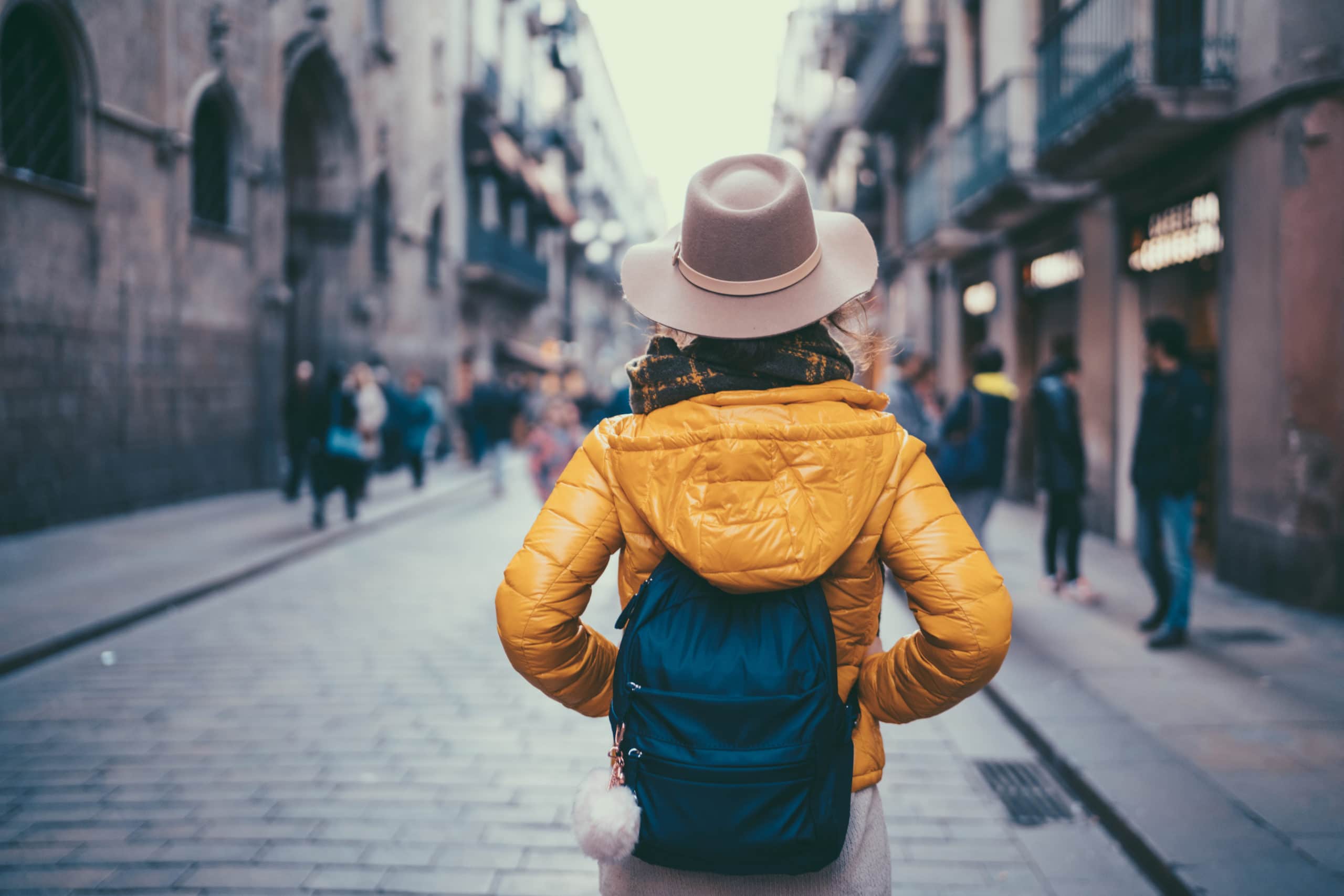
Try to move around as much as possible. This not only prevents stiff and sore joints and muscles but also prevents blood clots from developing in your legs.
1) When the aisles are not busy you can request permission from the cabin crew to walk or stand in the aisle or galley area so that you can do some stretching exercises that are safe for you.
· Walk up and down the aisles but be sure you are steady on your feet and holding on to the backs of seats so you don’t fall.
· Perform stretches at the ends of the aisles or in the galley areas. Again, steady yourself to make sure you don’t lose your balance and fall.
2) If you cannot exercise in the aisles, you may stretch in your seat as follows:
· While sitting, pull in your tummy and make circles with your wrists and ankles.
· Point your toes up and down to stretch your lower legs.
· Contract and relax your thigh (quadriceps) muscles.
· Lift your knees up one at a time and push them back down with your hands while lightly resisting this motion with your leg muscles to work your hips and lower back.
· Move your shoulders forward and back and then in a circle.
You Have Arrived!
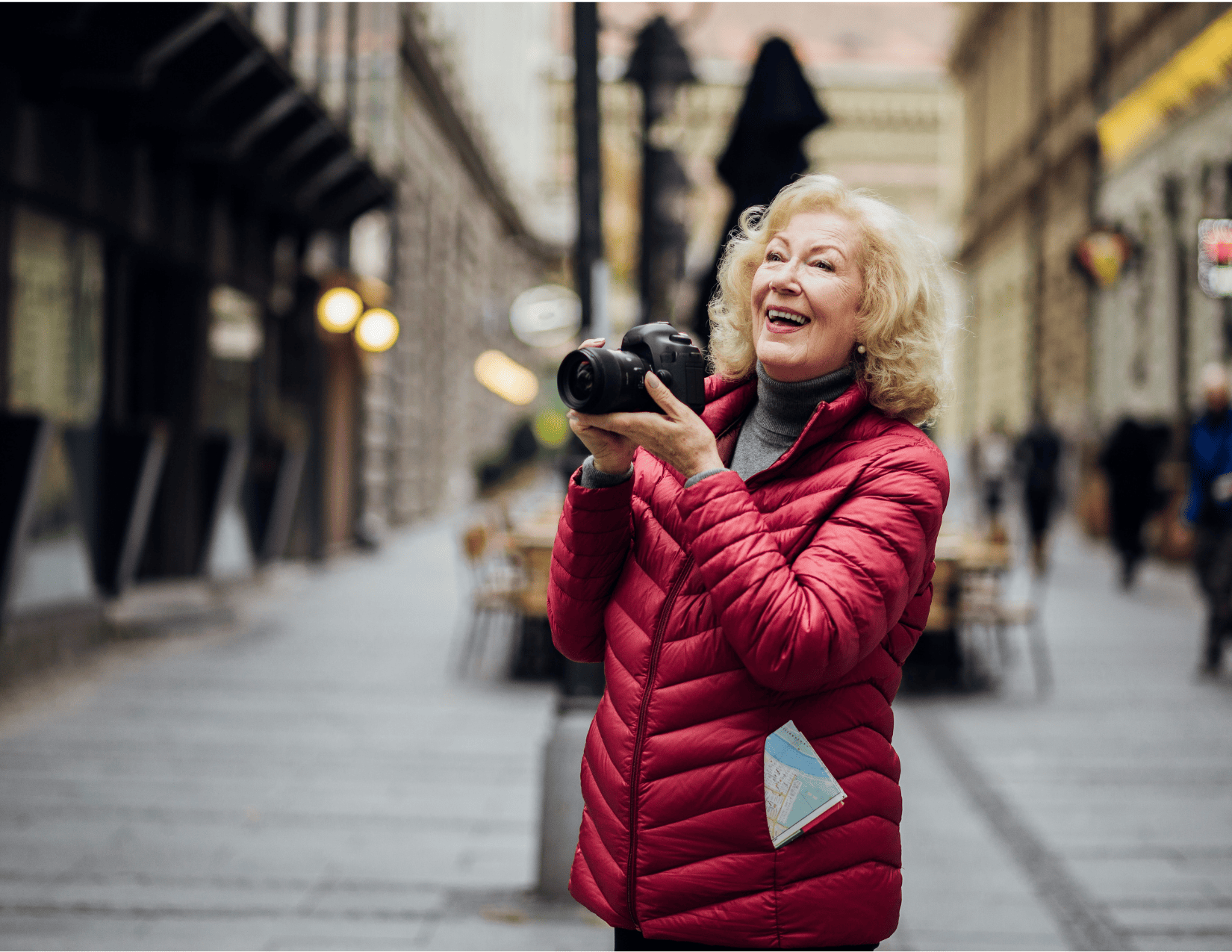
1) Ground transportation – Can you get in and out of any car, taxi, bus or boat? Cruise ships often have little boats called tenders that go to shore to pick up passengers and then pull up against the ship to drop passengers off. Can you step into or out of these bobbing boats as required? These are details that need to be clarified prior to booking your trip. When booking a tour, ask about how long you will be required to sit and how many rest-stops there are along the way to help you plan accordingly.
2) Hotel rooms – When reserving a room consider these issues:
· Many hotels have rooms that will accommodate individuals with special needs, including grab bars, slip-proof tubs and accessible bathroom fixtures. Ask if you think you will need them.
· Is the accommodation accessible without having to navigate the stairs?
· Is there a refrigerator in the room?
3) Eat well and drink plenty of water – Proper nutrition with well-balanced regular meals is important even when you are on vacation. Avoid excess alcohol. Be sure to confirm the tap water is safe for drinking and brushing your teeth. Pay the same attention to the ice cubes that are put into your drinks and to the water used to wash your fruits and vegetables.
4) Treat your body well – Get your rest and do your exercises! When tired we tend to forget about our posture. Without good posture we do not move properly, which puts us at greater risk of fracture.
5) Pace Yourself – Remember that you cannot do everything. There will always be more to see, more to buy and more to eat. Trying to do too much is stressful and will tire you.
Finally, Have a Safe Trip! Remember that unfamiliar territory and changed routines can significantly increase the risk of falls and fractures. If you are thorough in your planning and pay attention to your surroundings you will have a great trip to talk about when you arrive back home safely.
Credit: COPN, the Canadian Osteoporosis Patient Network is the patient arm of Osteoporosis Canada, a national network of people living with osteoporosis. Get Unbreakable, COPN’s e-newsletter.

